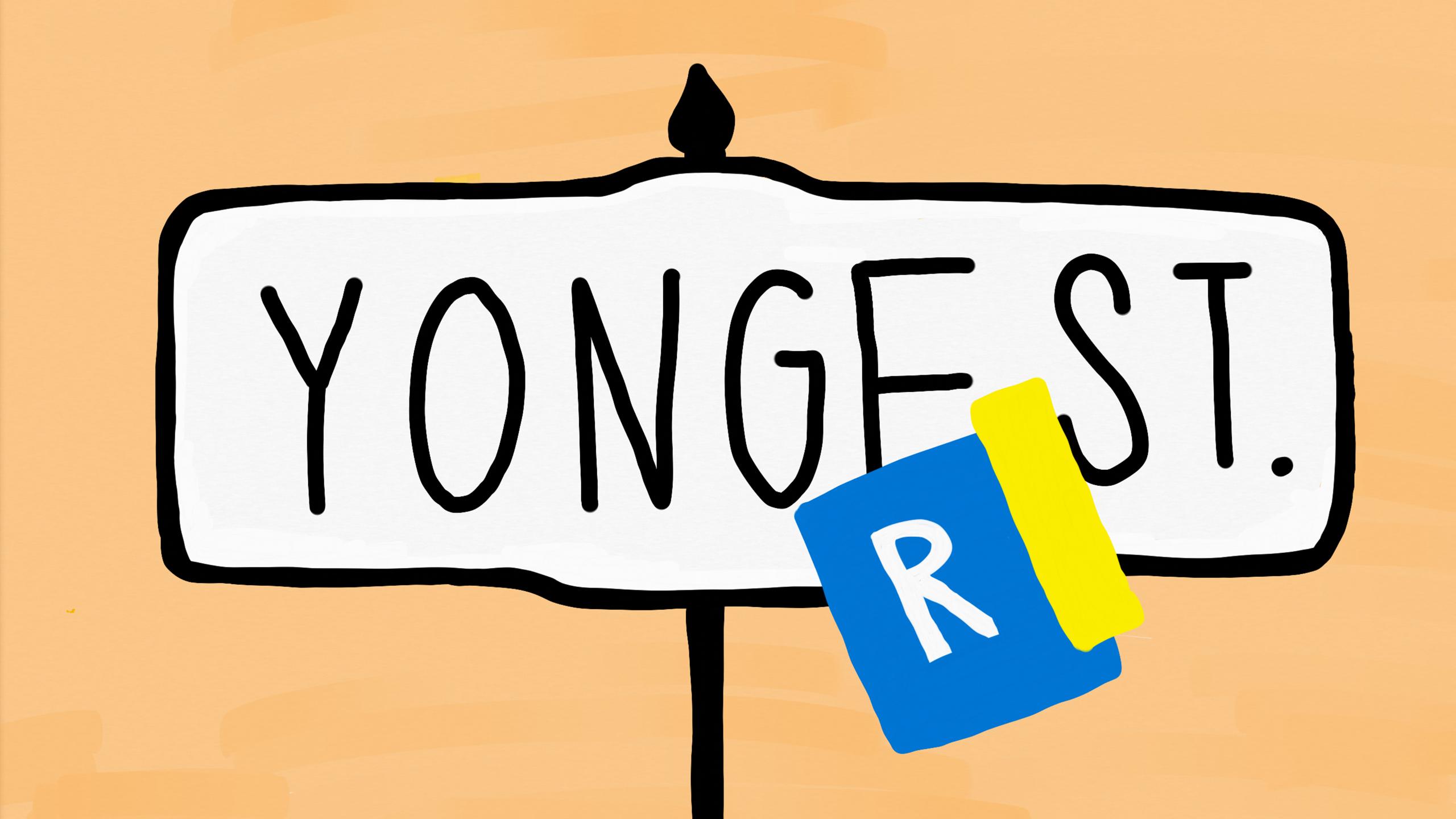By Jonathan Braun
Ryerson has been going through massive expansion over the past few years, spilling out of its core campus into the surrounding areas. In conjunction with a Yonge Street Revival plan—which aims to create a pedestrian-friendly, more open and safe environment—local residents questions what kind of impact Ryerson will have as it continues to expand and gentrify the area.
Dr. Zhixi C. Zhuang recent case study Can Ryerson Benefit from a Better Yonge Street, argues that expansion will create a more secure and safe environment and will benefit by having an “improved safety and street life.”
Liam Hennesy, a first-year accounting and finance student said he witnessed an unauthorized person taking a shower in campus washrooms. Hennesy isn’t the only one with bizarre experiences around campus. Unfortunately, many Ryerson students have stories of verbal and physical assault from members outside the Ryerson community.
Despite this, students have vocalized support for local communities impacted by Ryerson’s expansion. Some students have taken it upon themselves to show their support for local residents by writing signs saying “Between these pillars, somebody lived here” back in March of 2018, in response to the displacement of a man experiencing homelessness outside of the Tim Hortons on Victoria Street.
The low-income community around campus is not the only aspect of life that might be impacted. Local businesses are also at risk of being moved, as seen with the Yonge and Gerrard condominium being built.
Dr. Frank Clayton, a senior research fellow at the Centre for Urban Research and Land Development wrote in an email, “There is absolutely no need for a revival plan.”
Referring to the portion of Yonge Street that is in close proximity to Ryerson, he wrote that the area “is alive and being redeveloped very well on its own”, and that “one revives something that is moribund—Yonge Street is the opposite of this.”
Dr. Gabor Forgacs, a professor of Hospitality and Tourism Management said that if Ryerson expands and forces businesses to move, it “creates a university which for the big chunk of the year it becomes dead.” He spoke about “creating a good vibe where there is a reason for pedestrians to come [visit Yonge St.], which means [Ryerson] staying clear of the main street and staying where we are.”
Kim Storey, the head architect of Yonge and Dundas Square wrote in an email that although Ryerson’s presence on Yonge is a positive thing, though there needs to be a “constant ‘vigilance’ to be sure that the street is available to all.” Storey, referencing what Yonge and Dundas square was originally meant to be a public space, and now it is a rental commodification. She worries that the new buildings will disrupt that “traditional rhythm of narrow lots with entrepreneurial type retail.”
Though, what if Ryerson’s expansion created a larger, welcoming community of its own? Steven Fudge, a sales representative of Bosley Real Estate Ltd., Brokerage, wrote in an email correspondence that if Ryerson’s expansion includes integrated opportunities for congregation, using examples of sustainable infrastructure, public green spaces, spaces that will serve the community as a whole, “it is more likely to foster a harmonious relationship with the community and place.”
Ryerson has promised with their proposed Public Realm and 202 Jarvis Street plans (Here). Worried that Yonge Street is too far gone to preserve, Fudge hopes that that future of Yonge Street will be a pedestrian-friendly neighbourhood, serving all that walk on it.
However, the question remains, can there be room for active improvement? What will happen to the local community that has been there?
From another perspective, Dr. Christopher De Sousa of the School of Urban and Regional Planning claims that by rejuvenating and improving the surrounding areas and streets, the area “might develop their own strength and flavour”, bringing New York City’s revival of Times Square and Broadway as a prime example.
Dr. De Sousa wrote in an email, “Business/Residents that can’t afford the cost/rental on Yonge will locate nearby”. William J Stern wrote about the revival in the autumn of 1999 in an article in the City Journal titled The Unexpected Lessons of Times Square’s Comeback. He wrote, “Just a short while ago, it was sleazy, blighted and crime-ridden” continuing, “Today it is all but crime free… it bustles with tourists by day and night.” A hope for Toronto’s Yonge and Dundas neighbourhood.










Leave a Reply